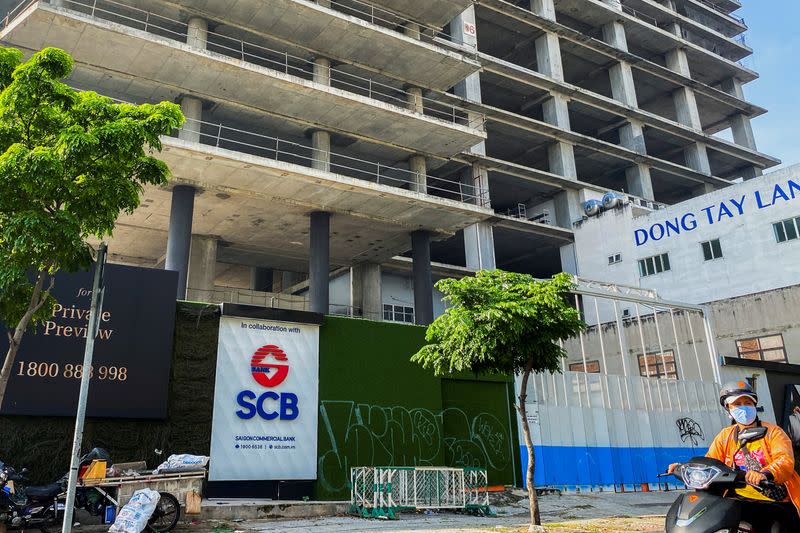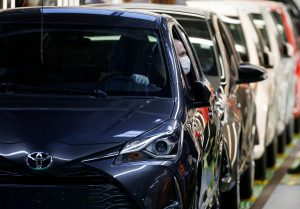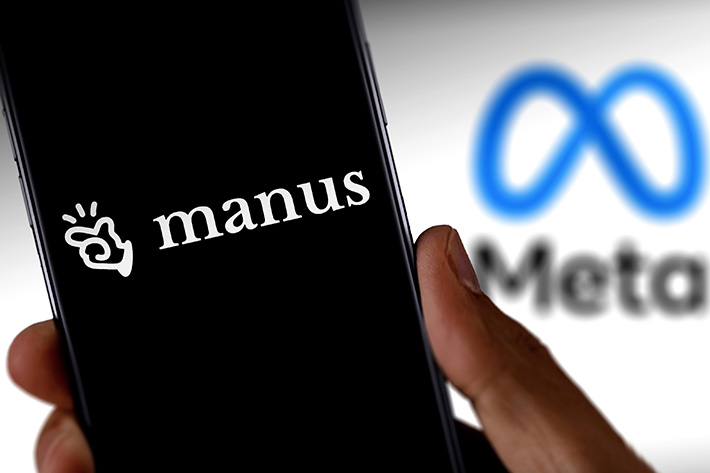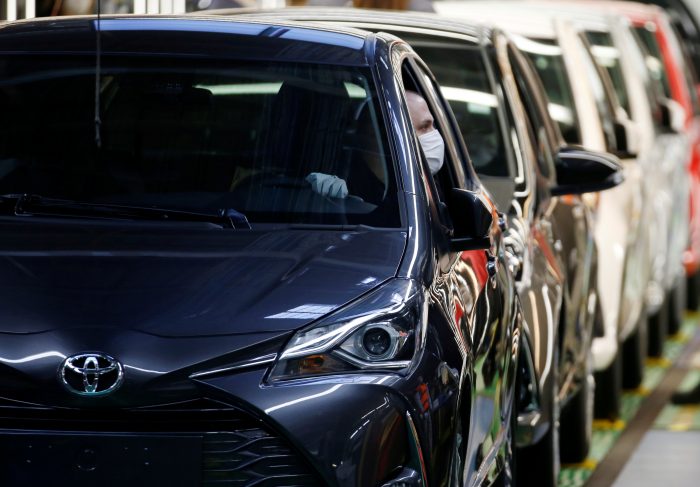Vietnam’s massive bailout of the Saigon Joint Stock Commercial Bank (SCB) has escalated to $24.5 billion – thanks to special loans equivalent to 6% of Vietnam’s 2023 gross domestic product.
Over the past two months the country’s central bank has provided a further $1.2 billion to the distressed SCB, according to a bank document seen by Reuters, in a bid to protect depositors’ funds.
In April the central bank was reported to have mounted an “unprecedented” rescue of SCB, a lender engulfed in the nation’s biggest financial fraud, which a source at that time said would collapse without the funding.
ALSO SEE: Putin Wants Chinese Banks to Help Military Parts Trade – FT
As of May 29, the central bank had lent SCB 622.7 trillion dong ($24.5 billion), according to the document prepared by SCB that detailed daily injections into the bank to keep track of the funds and their use, up from 592.7 trillion dong ($23.3 billion) as of April 2.
SCB used the central bank funds to help it settle withdrawals and payments of 626.9 trillion dong since October 2022 when the lender was put under central bank supervision, the document showed. At that time, it had deposits of 669 trillion dong.
The State Bank of Vietnam and SCB, previously one of the country’s largest commercial lenders by deposits, did not reply to requests for comment. In April the State Bank confirmed it was providing financial support to SCB.

The run on SCB was triggered by the October 2022 arrest of real estate tycoon Truong My Lan, who in April was sentenced to death after being found guilty of masterminding a huge fraud at the bank.
Judges concluded that she siphoned off $12.5 billion in loans from SCB to shell companies while effectively controlling the bank through proxies. She pleaded not guilty and has appealed the ruling.
Under Vietnam’s official deposit guarantee scheme, only about $5,000 is covered per depositor per bank, but as of early April, the central bank’s cash injections into SCB amounted to about a quarter of Vietnam’s foreign exchange reserves.
The central bank has not said how it has funded its large-scale lending to SCB, but money supply rose by about $82 billion between September 2022, the month before SCB’s bailout began, and February 2024, the latest public data showed.
That is a 15% increase, compared to GDP growth of nearly 6% in roughly the same period, according to an analysis of data from the central bank and Vietnam’s statistics office.
The Southeast Asian country’s foreign reserves, meanwhile, have remained largely stable, although the central bank has sold dollars in recent weeks to prop up its currency.
Turmoil in real estate sector
SCB’s woes occurred as Vietnam’s banking sector was facing heightened risks from prolonged turmoil in the country’s real estate industry, triggering concerns about broader risks to the financial system.
In April, the State Bank of Vietnam said it was continuing to support SCB under a roadmap for its restructuring – a move that ratings agency Fitch said last month was a positive sign of the central bank’s commitment to help significant lenders.
While the SCB’s woes showed shortcomings in Vietnam’s financial supervision, Fitch added, the unprecedented rescue efforts had not created new contagion risks in the country’s banking system.
But the increase in money supply came at a time when the Vietnamese dong weakened and contributed to a pick-up in inflation, which in May exceeded 4.4%, the highest since January 2023.
- Reuters with additional editing by Jim Pollard
ALSO SEE:
Vietnam to Execute Real Estate Tycoon for Record Fraud – AP
Vietnam’s Biggest Ever Scam: Developer Faces Death Penalty
US Chip Firms Looking to Invest $8bn in Vietnam, Official Says
Vietnam Growth Slips on Exports Drop, Anti-Corruption Push
China’s Xi Starts State Visit to Vietnam Aimed at Closer Ties
























